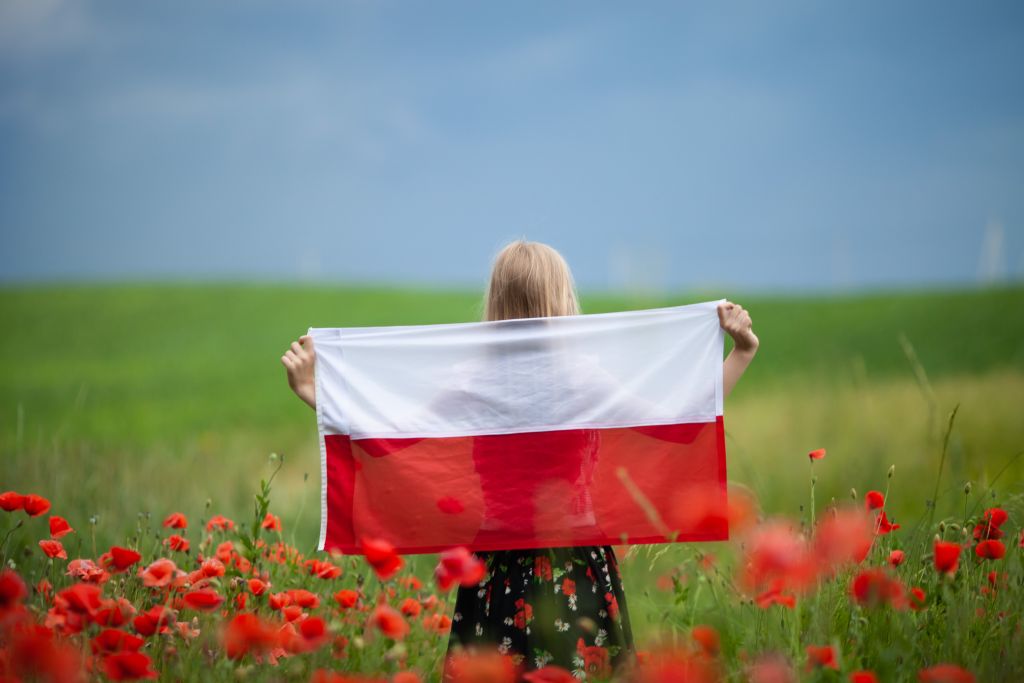

We have been asked several times recently how one can plan and manage an effective communications campaign in the CEE region. Local partner agencies of Worldcom PR Group are always a great help in these projects. We had an idea. It might be interesting for lots of readers if we asked some local colleagues in this region about their markets. In the coming weeks we’ll share with you answers from Poland, Czeh Republic, Romania and Bulgaria. Our first advisor is Ewelina Wojtysiak-Sowa, Client Service Director of award winning Polish agency Made in PR.

The pandemic has not only changed our habits, ways of working and lifestyle but it also has influenced the communication processes, making the PR industry different today than it was 2 years ago. Its imprint will be our everyday life for a long time, even after the economy will be defrosted and we will return to “normal” reality – even if it is the “new normal” reality. The most important trends are precisely dictated by the changes that have occurred in companies, media and PR teams influenced by COVID-19.
Internal communication is now in the foreground. Dispersed teams, increased stress among employees, and a decrease in commitment has created key challenge for communication teams. Some of the challenges include providing leader support in building relationships within teams, re-integrating employees with the company and focusing them around team goals.
The content also gained considerable importance. Reliable, credible, proven, but above all – unique. In the era of fast information, which is still driven by the growing consumption of electronic media, it is the last feature that determines success in media relations. It is not only the text that counts, but also the new accompanying formats – video, graphics, etc.
A novelty and an opportunity that opens up for us is the return to stationary meetings. We all miss face-to-face meetings. The brand that decides to organize them first will surely win the media for a long time.
Poland is an attractive country for investing. It is determined by the size of the market (38 million consumers!), geographic location, convenient transport connections with every corner of Europe and the presence of EU regulations. However, when considering entering the Polish market, it is worth taking into account local conditions and the specificity of the market. The biggest challenges include:

The largest social media platforms in Poland are: YouTube, Facebook, Messenger and Instagram.
Songs, videos and instructional videos are popular content on YouTube. Poles love tutorials!
Facebook has evolved significantly in the recent years. Currently, the age group that uses Facebook goes towards older Internet users – mostly people over 35 years old.
Instagram itself become a crucial part of effective campaigns, both for opinion-forming and sales.
One of the most important trend is the growing role of TikTok. Initially perceived as a tool for the youngest consumers, today it is more and more boldly used in marketing campaigns.
In the process of evaluation of PR campaigns, traditional media are often perceived by clients as more “prestigious”. Unfortunately, a thorough analysis of data and ranges shows that their impact is declining, and their place is taken by websites. This is why many publishers have decided to launch paid e-releases.
The pandemic has only accelerated this process. The need for instant information, lockdowns and the suspension of budgets by advertisers meant that many titles could not survive the pressure. They were closed or suspended, with journalists losing their jobs. Thus, the media landscape has shrunk significantly.
The growing consumption of electronic media also results in a decline in the importance of traditional television. In some age groups, almost every third respondent does not watch TV anymore.
In recent months, brands are increasingly looking for new solutions and ways to reach their clients. At the time of the lockdown, when f2f matches and chats were restricted, new media grew in importance.
The popularity of podcasts is growing as well. In Poland, several million people listen to them. At the same time, it is a channel that brands are increasingly willing to use in their campaigns. Strategic cooperation, an opportunity for expert positioning, expanding target groups are just some of the reasons why more and more business podcasts are created.

girl lies on the window and listens to podcast on her smartphone
In the era of quick information, when media and journalists compete for information, good, ready for publication content, is at a premium. That is why Polish language dominates in media relations and communication. The materials in the native language requires less time and less commitment from the journalist.
Interviews with world-class experts are an exception to this rule. Until recently, the language barrier and the necessity to connect remotely made the media reluctant to invite foreign guests to cooperate and comment, especially on televisions. Today, when online meetings and interviews have become the standard, new opportunities have opened up, and the possibilities of interviewing in English from elsewhere in the world are much bigger. However, it is always important to double-check if the journalists is comfortable with an English-speaking expert. It is also a good practice to send a conversation summary in both languages to chosen journalists who prefer to have all key messages written down.
No one will be surprised by the fact that Google remains the largest online platform in Poland. Thus, valuable, well-indexed content that will allow brands to get a high position in the search engine is at a premium.
Among all news websites, 5 of them clearly dominate, i.e.:
What distinguishes effective, successful campaigns from those that have failed the expectations of its creators is a quick response and flexibility. Support in the form of a local PR agency undoubtedly helps with this. In case of unforeseen situations, experienced consultants who perfectly know the market conditions, with developed contacts in the media and among opinion leaders, can easier adjust the message and suggest a solution that takes into account all aspects, and this undoubtedly affects the effectiveness, range and reception of the campaign.
The agency supports Clients for more than 10 years, turning plans into growth and success, both on the Polish market and internationally. As an experienced team with high competences, they are proud to support a full range of communication, PR and media activities. They create strategies and information campaigns as well as a wide range of uniquely targeted communication trainings for boards of directors and employees in line with the media and other target audiences. Strong points include perfect knowledge of the market, companies and the media as well as business relations among them.
She has more than 15 years of experience in communication consulting, public relations and media. Extended knowledge and experience in managing communication for the financial, FMCG, retail, medical and food industries are her strong points. She focuses on providing strategic support and building long-term relations.
In Made in PR she provides strategic advisory and supervises the team for corporate clients.
She is an author of numerous strategies and PR campaigns for both Polish and international clients.